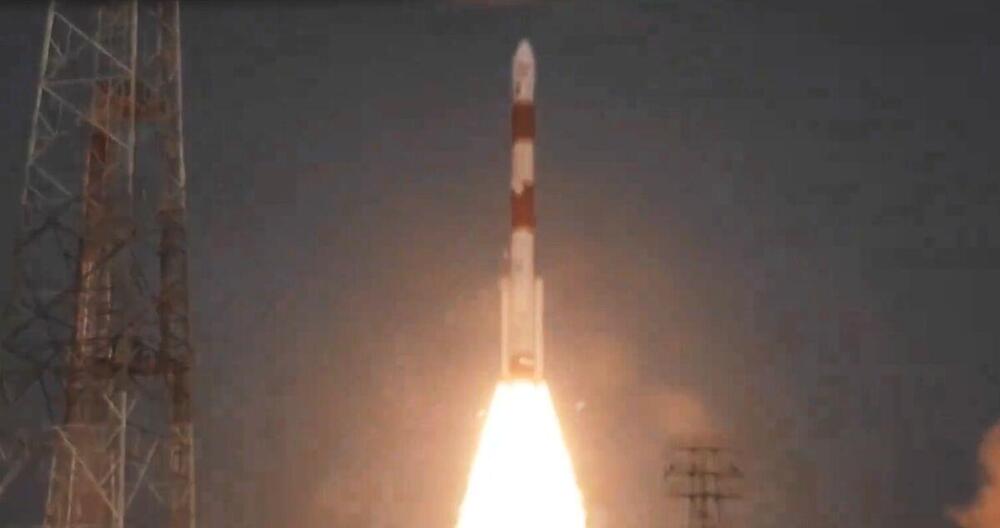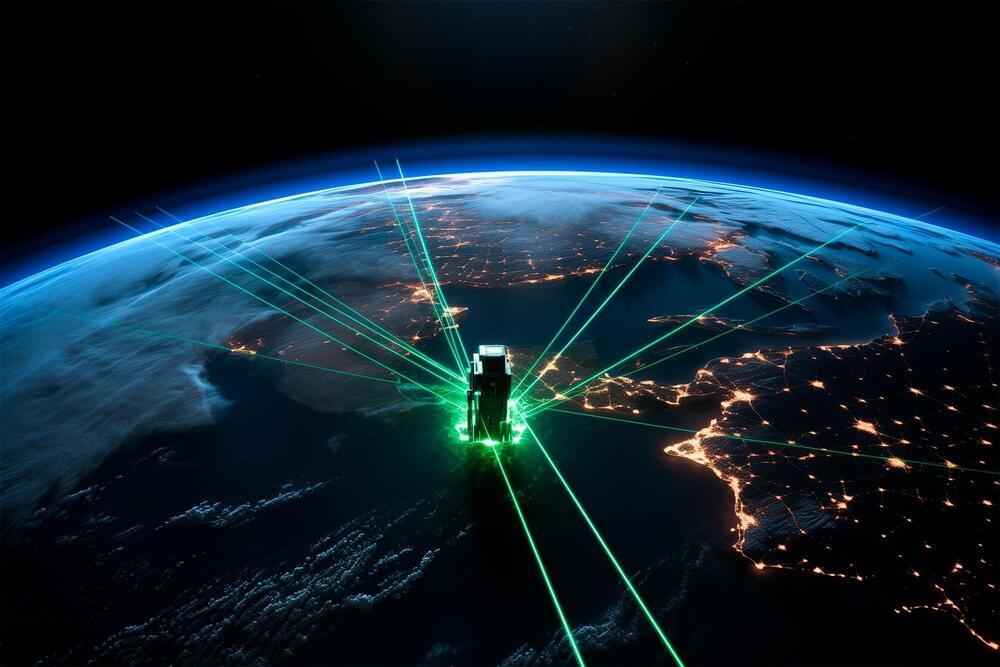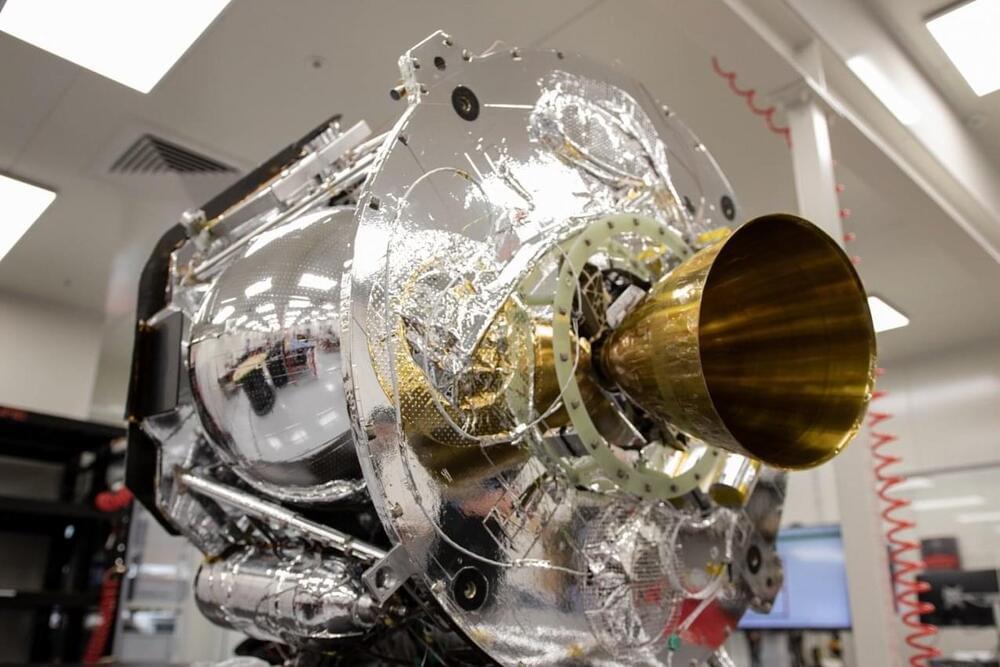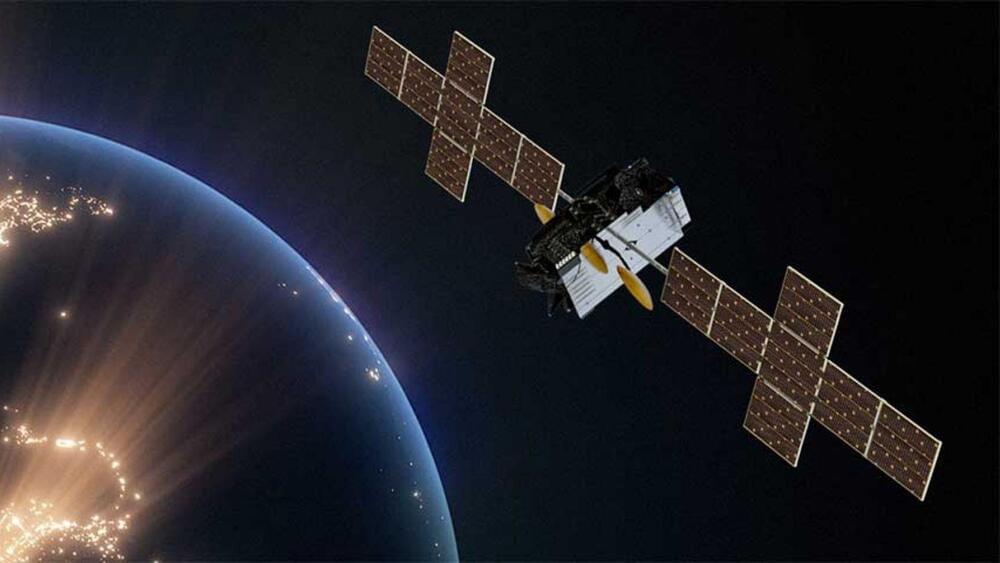Archive for the ‘satellites’ category: Page 19
Jan 1, 2024
India to Study Black Holes With First Satellite Launch After US
Posted by Genevieve Klien in categories: cosmology, satellites
India launched its first satellite on Monday to study black holes as it seeks to deepen its space exploration efforts ahead of an ambitious crewed mission next year.
Dec 30, 2023
SN 1006 Unveiled: Chandra and IXPE’s New Insights Into a Millennium-Old Supernova
Posted by Saúl Morales Rodriguéz in categories: cosmology, particle physics, satellites
SN 1,006, a supernova observed over a millennium ago, has been extensively studied using NASA ’s Chandra and IXPE telescopes, revealing critical details about its magnetic field and particle acceleration, contributing to our understanding of cosmic rays.
When the object now called SN 1,006 first appeared on May 1, 1006 A.D., it was far brighter than Venus and visible during the daytime for weeks. Astronomers in China, Japan, Europe, and the Arab world all documented this spectacular sight, which was later understood to have been a supernova. With the advent of the Space Age in the 1960s, scientists were able to launch instruments and detectors above Earth’s atmosphere to observe the Universe in wavelengths that are blocked from the ground, including X-rays. The remains of SN 1,006 was one of the faintest X-ray sources detected by the first generation of X-ray satellites.
Recent observations with nasa’s x-ray telescopes.
Dec 27, 2023
Redefining Cosmic Norms: Dwarf Galaxies and the Dark Matter Enigma
Posted by Dan Breeden in categories: cosmology, satellites
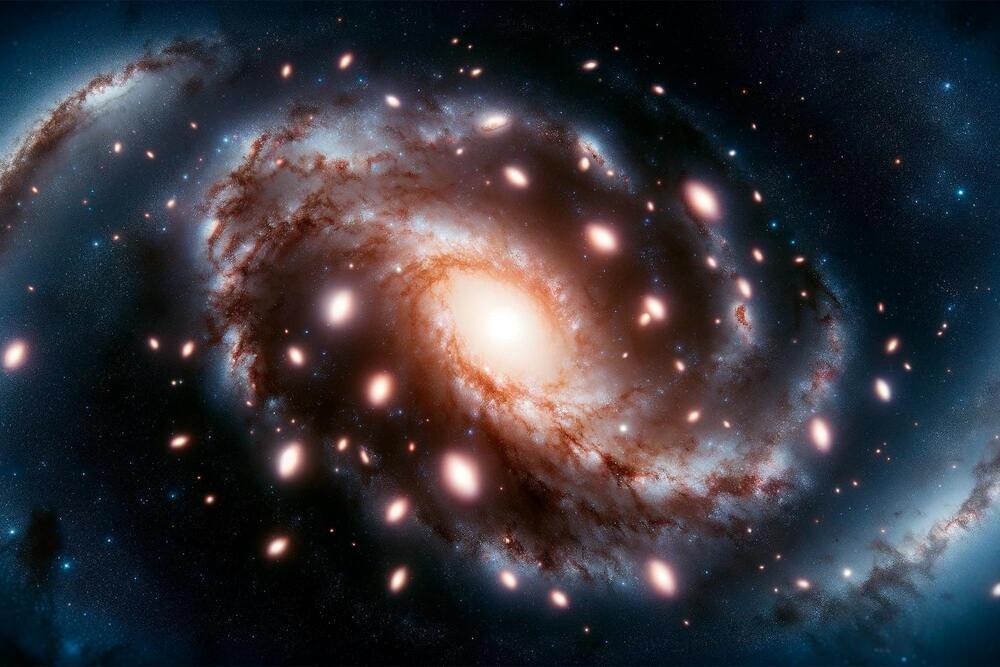
Recent Gaia satellite findings suggest that dwarf galaxies are transient and less influenced by dark matter than previously believed, challenging long-held assumptions about their nature and composition.
Commonly thought to be long-lived satellites of our galaxy, a new study now finds indications that most dwarf galaxies might in fact be destroyed soon after their entry into the Galactic halo. Thanks to the latest catalog from ESA’s Gaia satellite, an international team has now demonstrated that dwarf galaxies might be out of equilibrium. The study opens important questions on the standard cosmological model, particularly on the prevalence of dark matter in our nearest environment.
Continue reading “Redefining Cosmic Norms: Dwarf Galaxies and the Dark Matter Enigma” »
Dec 25, 2023
Laser Sharp GPS: How NASA’s Reflectors Are Redrawing Our World
Posted by Saúl Morales Rodriguéz in category: satellites
Laser retroreflector arrays (LRAs) are advancing GPS satellite capabilities, crucial for accurate Earth measurements in geodesy. This technology enables precise tracking of Earth’s shape, rotation, and environmental changes.
The best known use of GPS satellites is to help people know their location whether driving a car, navigating a ship or plane, or trekking across remote territory. Another important, but lesser-known, use is to distribute information to other Earth-viewing satellites to help them pinpoint measurements of our planet.
NASA and several other federal agencies, including the U.S. Space Force, U.S. Space Command, the U.S. Naval Research Laboratory, and the National Geospatial-Intelligence Agency are improving the location accuracy of these measurements down to the millimeter with a new set of laser retroreflector arrays, or LRAs.
Dec 24, 2023
Holograms Might Save Physics
Posted by Dan Breeden in categories: holograms, mathematics, mobile phones, quantum physics, satellites

Even though the guts of General Relativity are obtusely mathematical, and for decades was relegated to math departments rather than proper physics, you get to experience the technological gift of relativity every time you navigate to your favorite restaurant. GPS, the global positioning system, consists of a network of orbiting satellites constantly beaming out precise timing data. Your phone compares those signals to figure out where you are on the Earth. But there is a difference in spacetime between the surface of the Earth and the orbit of the satellites. Without taking general relativity into account, your navigation would simply be incorrect, and you’d be late for dinner.
As revolutions go, general relativity is a big one. And as unifications go, it’s a warning. To make this union happen Einstein had to radically, permanently alter not just our conceptions of gravity as a force acting through space and time, but our conceptions of space and time itself. It took no less than a complete overhaul of our entire philosophical understanding of the relation between space and time to bridge the gap.
Dec 23, 2023
Firefly’s Alpha Rocket Lifts Off for 4th Mission at Vandenberg SFB
Posted by Genevieve Klien in categories: military, satellites
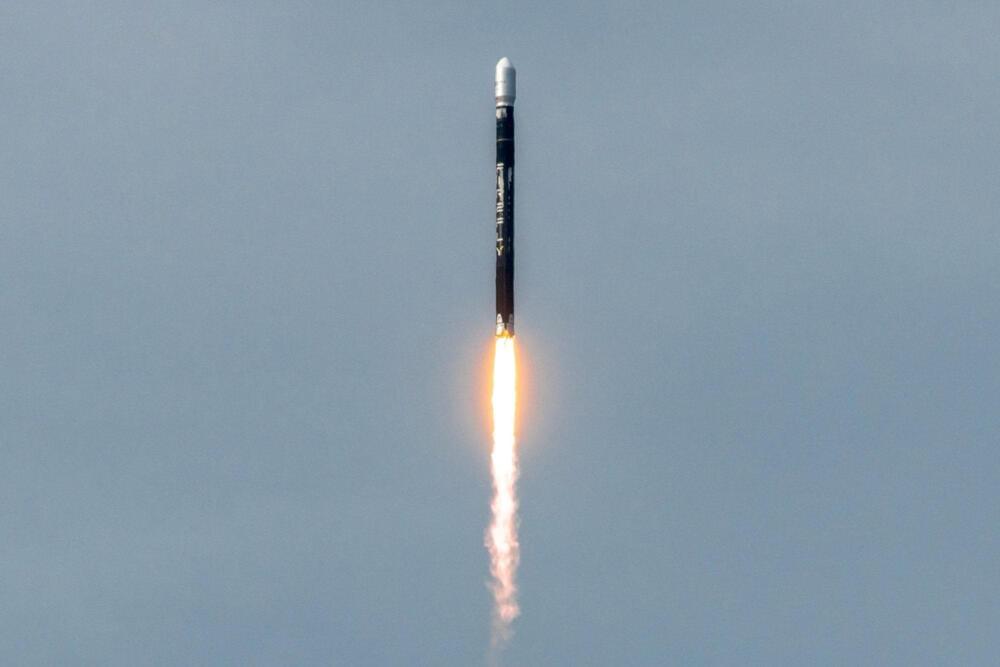
SpaceX aiming for Saturday launch to deliver German military satellites from West Coast, with sonic booms likely.
Dec 23, 2023
Rocket Lab wins $515 million contract to build 18 satellites for U.S. government agency
Posted by Genevieve Klien in categories: government, satellites, security
WASHINGTON — Space launch provider and satellite manufacturer Rocket Lab has secured a deal worth over half a billion dollars to build 18 satellites for a U.S. government agency.
As disclosed in an SEC regulatory filing Dec. 21, Rocket Lab National Security will “design, manufacture, deliver and operate 18 space vehicles” as part of a U.S. government contract valued at $515 million. A spokesperson said the company could not provide further details.
Sources indicate that the customer is likely the Space Development Agency.
Dec 23, 2023
SpaceX Falcon 9 rocket launches Starlink satellites on record-breaking 19th mission
Posted by Genevieve Klien in categories: internet, satellites
Dec 23, 2023
HughesNet’s fast satellite plans rivals Starlink, hitting 100 Mbps
Posted by Gemechu Taye in categories: internet, satellites
HughesNet’s move to offer 100 Mbps speeds brings it closer to its industry rival, SpaceX’s Starlink, which ranges between 25 to 220 Mbps.
HughesNet’s Jupiter 3 satellite, although geostationary and considerably farther away, rivals Starlink with its size and capacity. The ultra-high-density satellite operates in Ka-band frequencies with 300 spot beams, efficiently allocating and directing signals for better coverage.
Hughes, a pioneer in satellite-delivered internet service since the 1990s, continues to earn recognition.

